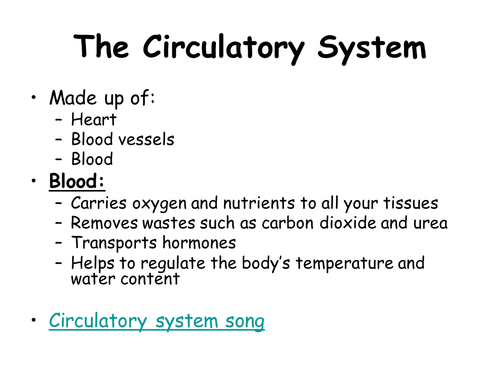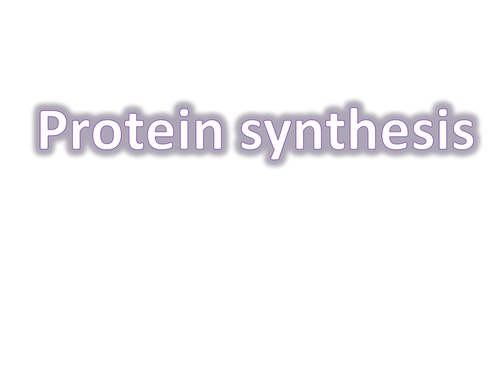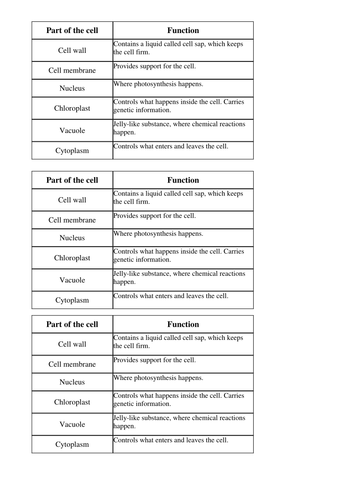
91Uploads
56k+Views
3k+Downloads
Biology

How to Revise Science
PowerPoint/Google Slideshow covering
What is revision?
why revise?
The brian
How to revise - time management
- how to prioritse
- Revision techniques
- suggested websites/apps/podcasts etc
- least effective methods
Great starting point for any year group on where to begin with their revision.

Circulatory System
explain what is meant by a double circulatory system
2. understand that the blood carries glucose molecules and oxygen to the muscles, and waste products such as carbon dioxide away from muscles
3. relate the components of the blood to their functions, including:
a. red blood cells – transport oxygen
b. white blood cells – fighting infections
c. platelets – blood clotting at injury sites
d. plasma – transporting nutrients (e.g. glucose and amino acids), antibodies, hormones and waste (carbon dioxide and urea)
4. understand how red blood cells are adapted to their function, limited to:
a. packed with haemoglobin (to bind oxygen)
b. no nucleus (more space for haemoglobin)
c. biconcave shape (increased surface area for oxygen exchange)
5. describe and name the main structures and blood vessels of the heart including the left and right atria and ventricles, vena cava, aorta, pulmonary vein, pulmonary artery, coronary arteries and valves
6. describe the function of valves in the heart and veins
7. understand how tissue fluid is formed in capillary beds and that it assists the exchange of chemicals by diffusion between capillaries and tissues, to include oxygen, carbon dioxide, glucose and urea.

Life on Earth project - (Evolution and Natural Selection)
Questions to guide students through independent learning project on life on earth.
Including:
Complexity
Extinction
Natural selection
Evolution
Could be used as a homework project or computer room lesson.

Stem Cells - word map
Stem Cells - word map. Support students to understand the term/summarise the keyword. Particularly useful with SEN students.

Microscopy (Edexcel GCSE Biology 9-1)
Powerpoint presentation including assessment materials, notes, videos and practical activities.

Carrying out a suitability test - thermometer.
Includes an experiment brief and assessment criteria. Based on old applied science GCSE, can be used to support students with their experiment write up skills.
Write up sections:
Title page
Contents page
Introduction
Desirable properties
Risk assessment
Procedure
Results
Evaluation
Conclusion
Bibliography

Cells and Specialised Cells (Edexcel GCSE Biology 9-1)
Powerpoint including assessment activities, notes and videos for Part 1 - cells and specialised cells of Topic 1 - Key concepts in Biology

Genes and Cloning revision
What are genes and how do they affect the way that organisms develop?
Why can people look like their parents, brothers and sisters, but not be identical to them?
How can and should genetic information be used? How can we use our knowledge of genes to prevent disease?
How is a clone made?

The processes of life
Cells and cell structures
MRS GREN
Yeast and Bacteria
Enzymes
Photosynthesis
Nitrogen
Respiration
Biofuels
Osmosis
Active Transport
Diffusion

Data table Vital signs
Data table designed to support students collect data from peers while carrying out the following techniques:
Oxygen saturation
Pulse rate
Blood Pressure
Vital capacity
Blood glucose
Peak Flow
Table includes space to record 3 readings for each participant and space to calculate averages.

Deficiencies: Full lesson including activities
Deficiencies lesson:
Starter included is digestive system match up activity.
Powerpoint for the lesson
Symptom cards and patient information
Diagnosis table.




















